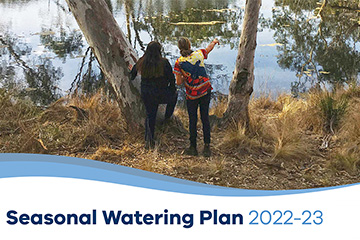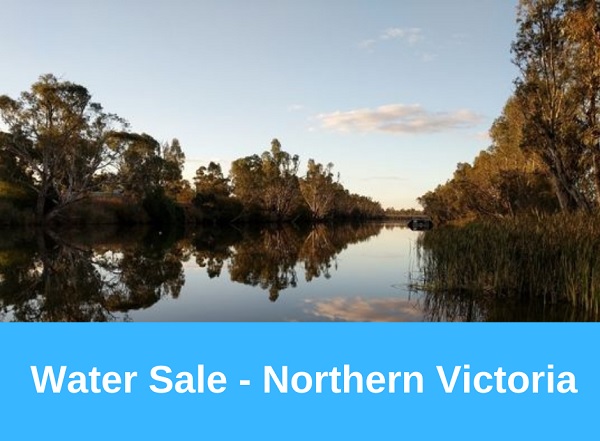Early birds catch the worms
07 November 2016
You don't need to be as wise as an owl or have an eagle eye to realise it has been lovely weather for ducks over the past few months.
The North Central Catchment Management Authority (CMA) says with traditional spring weather as scarce as hen's teeth around the catchment, those wanting some sun might as well be on a wild goose chase.
However, for birds around the region, these conditions are definitely something to crow about.
"We are expecting the recent floods to trigger a large bird-breeding event, especially in the north of the catchment as wetlands in the area hold water for another year or two," North Central CMA Environmental Water Manager Louissa Rogers said.
"The conditions will also attract tens of thousands of migratory birds to the region. We are expecting a huge variety and a huge abundance of birds, including some threatened and vulnerable species."
The internationally renowned Lake Cullen, part of the Kerang Lakes complex, will be a key attraction for birds from across Australia and the world in the coming months.
Its large size and unusual intermittent salinity sees it attract tens of thousands of birds in wet years. In 1987 alone, 140,000 birds were counted on Lake Cullen, a count that included only five species. Up to 56 species of birds have been recorded on the lake.
"In years like the one we have had, Lake Cullen can be like a supermarket for birds," Ms Rogers said.
"Lake Cullen is an important part of the internationally recognised and protected Kerang Wetlands Ramsar site, and is valued for its large size and its unique environment, which is used extensively by waterbirds to forage for food."
Over the coming months, the North Central CMA will manage an environmental flow into Lake Cullen, to 'stock the supermarket'.
"Lake Cullen is a brackish wetland, so an environmental flow will provide a perfect breeding ground for different types of aquatic vegetation and waterbugs than found in the other wetlands, which will result in a food boom for birds," she said.
"This is a rare opportunity to provide enough food to feed the next generation of birds. Since the 2011 floods, managing environmental flows to the Kerang wetlands has been about helping the animals and plants survive. We now have a rare opportunity to help them thrive.
"Because of the way the water table works in with the surrounding marshes, the only time you can fill Lake Cullen is when the adjacent wetlands hold water.
"Each year we develop plans to fill Lake Cullen if conditions are right, and they hardly eventuate. This year they have. The conditions are exactly as we need.
"Lake Cullen is also a popular recreational lake, and these flows will also provide a rare opportunity for a whole host of recreational opportunities.
"What is good for the goose, is certainly good for the gander in this instance."
The flow is in line with the Seasonal Watering Plan's wet scenario actions. Regular watering updates are posted on the North Central CMA website www.nccma.vic.gov.au
Further Information
Anthony Radford, Communication Coordinator
E: anthony.radford@nccma.vic.gov.au
Tel: 03 5440 1884 or 0409 720 610


